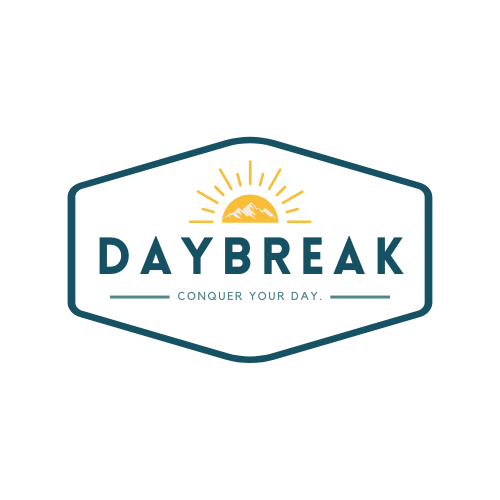
Benefits of Cold Plunging and Sauna Sessions: The Ultimate Hot-and-Cold Wellness Routine
Share
How Combining Cold Plunges and Sauna Therapy Can Boost Recovery, Circulation, and Mental Resilience
The viral routine of cold plunging and sauna sessions has recently been taking over the internet. But why? While a warm, relaxing sauna feels great, jumping into freezing water sounds extreme. Yet so many are doing it. Let’s explore contrast therapy (alternating heat & cold) and why it may offer real, science-backed benefits.
What Is Cold Plunging (Cold-Water Immersion)?
Cold plunging—also called cold-water immersion (CWI)—involves immersing the body in cold water (often around 50-60°F / 10-15°C) for short periods. This can be done via ice baths, cold tubs, cold showers, or natural lakes.
What Is Sauna Therapy?
Using a sauna means sitting in a heated environment (often dry heat or infrared) for around 15-20 minutes at high temperature (often 160°F or higher in dry saunas) several times per week. The goal is to heat the body up, triggering heat stress responses that offer multiple health benefits.
Key Health Benefits of Cold Plunging
Here are what scientific studies are showing about regular cold-water immersion:
| Benefit | What the Research Says |
|---|---|
| Reduced inflammation & muscle soreness | Cold plunges help reduce post-exercise inflammation, soreness, and may support recovery. Mayo Clinic Health System+1 |
| Stress relief & mood improvement | Cold immersion has been associated with lower stress, better mood, and improved well-being. For example, a systematic review of 3,177 people showed reduced stress 12 hours post-cold exposure plus improved sleep and quality of life. PLOS |
| Improved circulation & immune responses | Immersion causes vasoconstriction followed by dilation, stimulating circulation; some evidence suggests immune system stimulation. PMC+2Mayo Clinic Health System+2 |
| Cognitive clarity & alertness | Short exposure may lead to enhanced alertness, mental clarity, and reduced fatigue. PMC+1 |

Key Health Benefits of Sauna Sessions
Here are what scientific studies reveal for sauna therapy:
| Benefit | What the Research Says |
|---|---|
| Cardiovascular health | Regular sauna bathing is linked to improved endothelial function (blood vessel health), reduced blood pressure, reduced arterial stiffness, and improvements in heart disease risk. Mayo Clinic Proceedings+2Frontiers+2 |
| Longevity & mortality reduction | Frequent sauna use has been correlated with lower risk of fatal cardiovascular outcomes and longer lifespan in observational studies, especially those from Finnish populations. Harvard Health |
| Improved function in heart failure | In patients with chronic heart failure, repeated sauna sessions improved left ventricular ejection fraction and other cardiac function markers. PMC |
| Stress reduction, relaxation, mental well-being | Heat exposure in sauna can help relax muscles, release endorphins, and improve mood and sense of wellbeing. ScienceDirect |
Combined Benefits: Contrast Therapy (Hot + Cold)
Doing sauna + cold plunge in sequence (contrast therapy) may amplify benefits:
-
Better circulation via alternating vasoconstriction (cold) and vasodilation (heat)
-
Enhanced recovery and reduced muscle soreness
-
Potential mental resilience: tolerating discomfort with cold followed by warmth helps reduce stress responses
How to Cycle Cold Plunging and Sauna Sessions Safely
Here are tips based on what current evidence suggests:
-
Begin with shorter exposures: e.g., 1-2 minutes cold plunge, 10-15 minute sauna
-
Cycle 1-3 times per session — e.g., sauna → cold plunge → sauna
-
Frequency: several times a week, depending on your tolerance and health status
-
Listen to your body: stop if you feel dizzy, overly chilled, or unwell
Safety, Considerations, & Who Should Be Careful
-
Health conditions: People with heart problems, hypertension, arrhythmia, Raynaud’s disease, or pregnant individuals should consult a healthcare provider before doing cold plunges. Harvard Health+1
-
Avoid extremes: Don’t stay too long in cold or excessively hot sauna—overheating or hypothermia risk exists.
-
Acclimation: Start slow; gradually increase exposure.

Final Thoughts: Is This Right for You?
Together, cold plunging and sauna sessions offer a powerful toolkit — boosting vascular health, alleviating inflammation, improving mood, and enhancing recovery. If you’re curious, starting gradually and making it a ritual (for example, after workouts or on off-days) can help you reap the benefits without undue risk. Pair it with restful practices, good hydration, and clean nutrition.
And yes — for that post-plunge or post-sauna ritual, nothing feels better than a warm cup of Daybreak Cacao.

